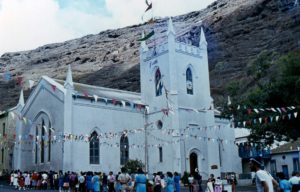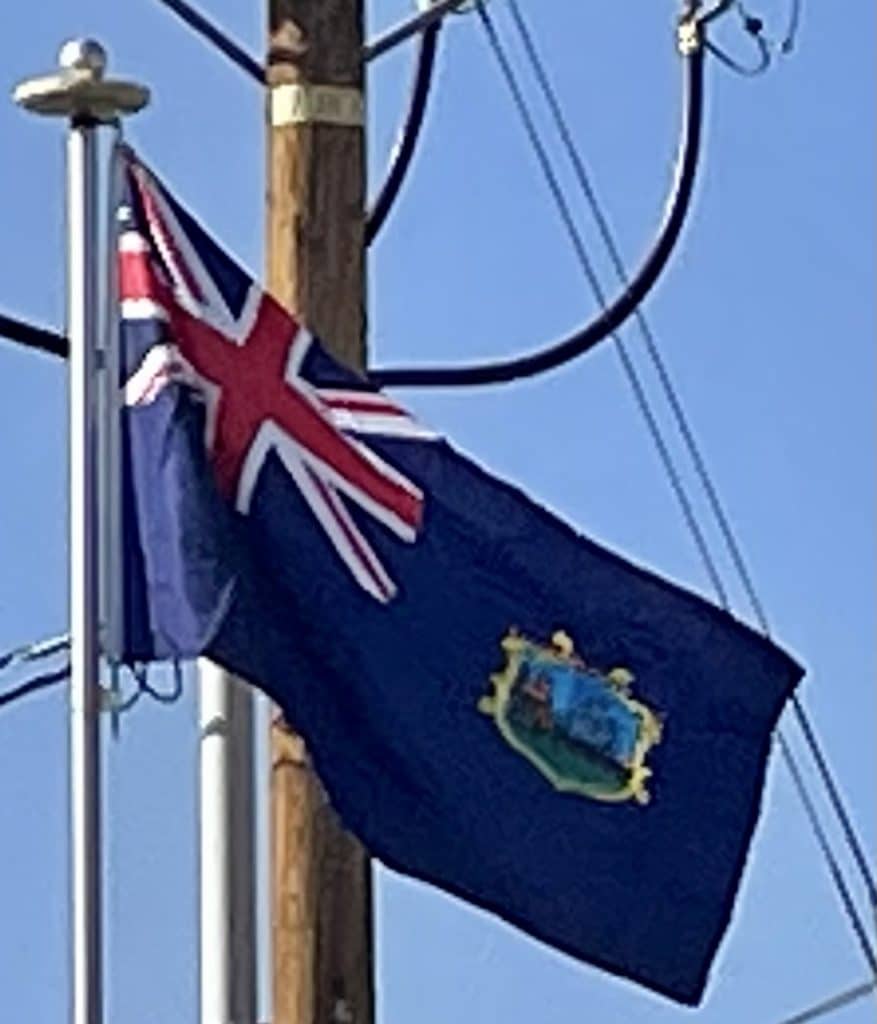Between January and May 1673, the Dutch East India Company seized the island, but English reinforcements restored East India Company control. The island was fortified with approximately 230 gun turrets.
The British government sent some settlers and gave them land that they could farm but the company experienced difficulty attracting an adequate number of immigrants, in spite of advertisements in London and free tracts of land. By 1670, the population was only 66, including slaves. There was also unrest and rebellion among the inhabitants. Ecological problems, such as deforestation, soil erosion, vermin and drought, led Governor Isaac Pyke to suggest in 1715 that the population be moved to Mauritius, but that was not acted upon. The company continued to subsidize the community because of the island’s strategic location. A census in 1723 recorded 1,110 inhabitants, including 610 slaves.
In the peak era, a thousand ships per year stopped there leaving the governor to try to police the numerous visitors and to limit the consumption of arrack, made from potatoes. Two mutinies occurred, perhaps fueled by alcohol. Because Jamestown was “too raucous with its taverns and brothels”, St Paul’s Cathedral was built outside the town.
Eighteenth-century governors tried to tackle the island’s problems by planting trees, improving fortifications, eliminating corruption, building a hospital, tackling the neglect of crops and livestock, controlling the consumption of alcohol, and introducing legal reforms. The island enjoyed a lengthy period of prosperity from about 1770. Captain James Cook visited the island in 1775 on the final leg of his second circumnavigation of the world. St. James’ Church was built in Jamestown in 1774, and Plantation House in 1791–1792; the latter has since been the official residence of the Governor.

Edmond Halley visited Saint Helena on leaving the University of Oxford in 1676, and set up an astronomical observatory with a 7.3-metre-long (24 ft) aerial telescope, intending to study the stars of the Southern Hemisphere. The site of this telescope is near Saint Mathew’s Church in Hutt’s Gate in the Longwood district. The 680-metre (2,230 ft)-high hill there is called Halley’s Mount.
Throughout that period, Saint Helena was an important port of call of the East India Company. East Indiamen would stop there on the return leg of their voyages to British India and China. At Saint Helena, ships could replenish supplies of water and provisions and, during wartime, form convoys that would sail under the protection of vessels of the Royal Navy.
Captain James Cook’s ship HMS Endeavour anchored and resupplied off the coast of Saint Helena in May 1771 on its return from the European discovery of the east coast of Australia and the rediscovery of New Zealand.
The importation of slaves was made illegal in 1792. Governor Robert Patton (1802–1807) recommended that the company import workers from China to supplement the rural workforce. Many were allowed to stay, and their descendants became integrated into the population. In 1810 Chinese laborers began arriving, and by 1818, 650 were in St Helena. An 1814 census recorded 3,507 people on the island. Many of the laborers were allowed to stay, even though there was less need for their services by 1836.
